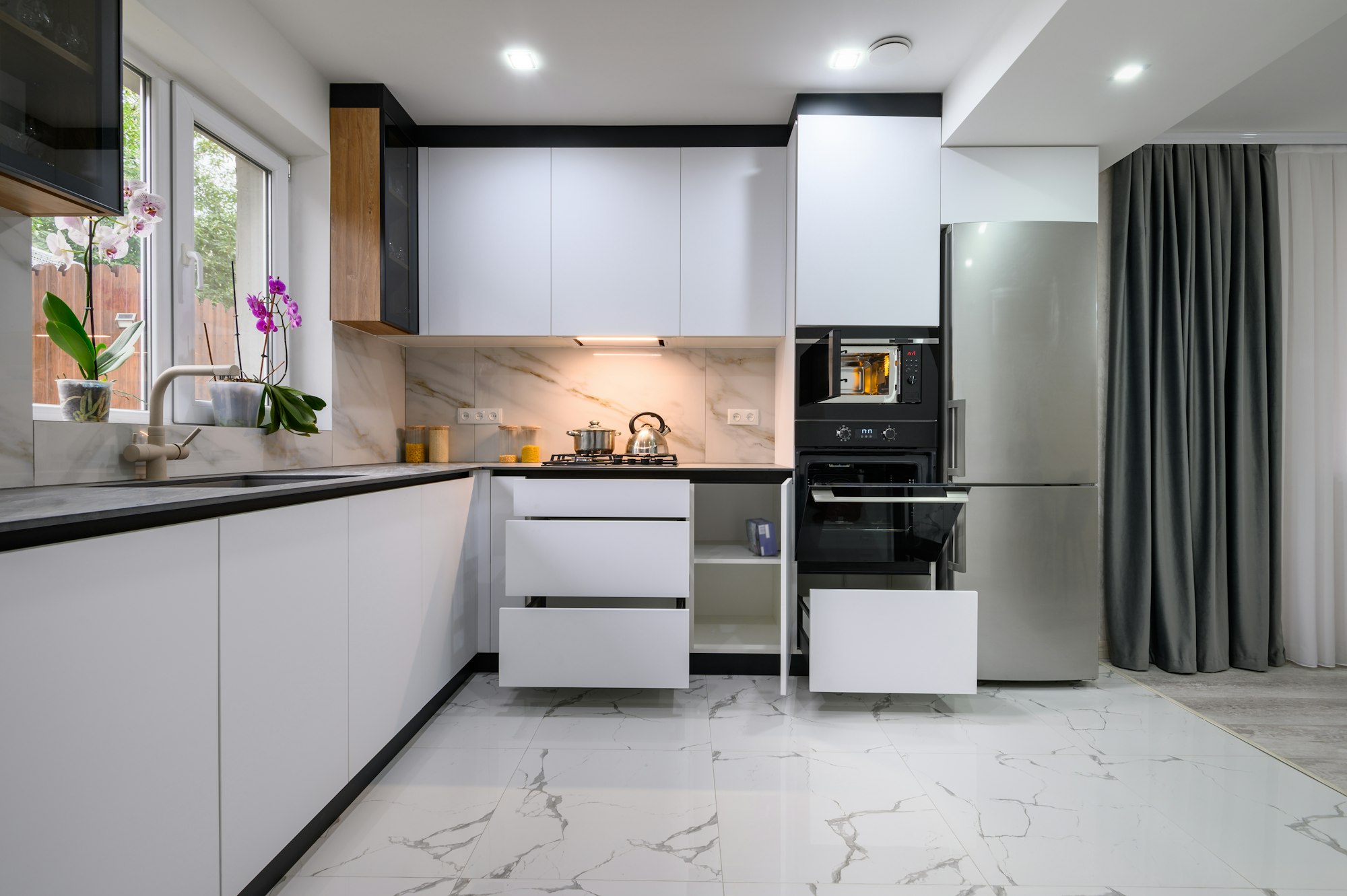The key principles of art and functional design

Art and functional design challenge conventional wisdom. This innovative approach combines beauty with utility, resulting in objects and spaces that are not only pleasing to the eye, but also meet a practical need. Let's delve together into the impressive world of art and functional design.
Ergonomics at the heart of design
One of the fundamental principles of functional art and design is ergonomics. Designers strive to create objects and spaces that adapt perfectly to the needs and movements of the user. Every detail is designed to provide optimum comfort and an intuitive user experience. Find out more at https://artdaily.cc/news/171766/Exploring-the-Intersection-of-Art-and-Functional-Design.
A lire également : What Are the Best Practices for Reducing Noise Pollution in Urban UK Areas?
Minimalist aesthetics
Art and functional design often favour a refined, minimalist aesthetic. By focusing on the essentials, designers highlight the intrinsic beauty of materials and forms. This minimalist approach also means that the object or space is not visually overloaded, and the focus is on function.
Sustainability and eco-responsibility
In the interests of sustainability and eco-responsibility, art and functional design place great importance on the choice of materials and manufacturing processes. Designers favour renewable, recycled or recyclable raw materials, and strive to minimise the environmental impact of their creations.
A lire en complément : How Can Deep Sea Wind Farms Contribute to the UK’s Renewable Goals?
Fields of application for functional art and design
Functional art and design are becoming increasingly popular in many aspects of our daily lives. They are transforming the objects and spaces that surround us.
Furniture
Furniture is one of the favourite areas for functional art and design. Whether it's chairs, tables or storage units, each piece is designed to combine comfort, practicality and aesthetics. Designers play with materials, shapes and colours to create unique and functional furniture.
Interior architecture
Art and functional design also have their place in interior architecture. Spaces are designed to optimise circulation, light and acoustics, while creating an atmosphere conducive to well-being. Architectural elements such as partitions, staircases and storage units are transformed into functional works of art.
Everyday objects
From kitchen utensils to lighting and fashion accessories, art and functional design are making their way into our everyday lives. Each object is designed to simplify our lives, while adding a touch of aestheticism. These creations combine practicality, durability and beauty, to accompany us day after day.
Conclusion
Art and functional design invite us to rethink our relationship with the objects and spaces that surround us. By combining aesthetics and utility, this creative approach opens up new perspectives and proves that it is possible to combine beauty and practicality. Whether in our homes or in our everyday lives, art and functional design remind us that everything around us can be a source of wonder and well-being.
